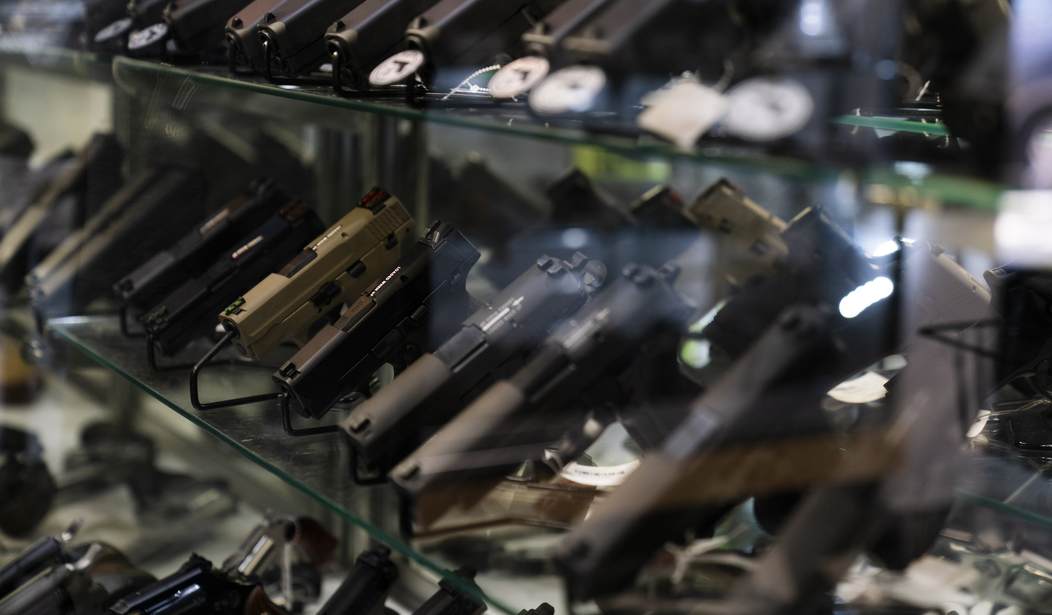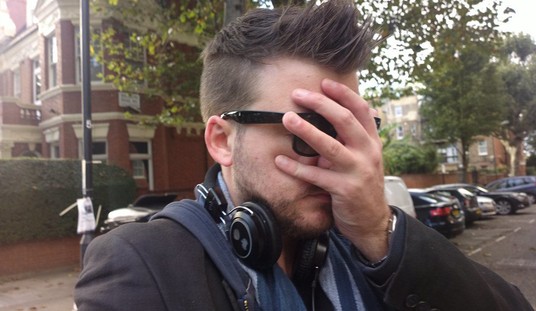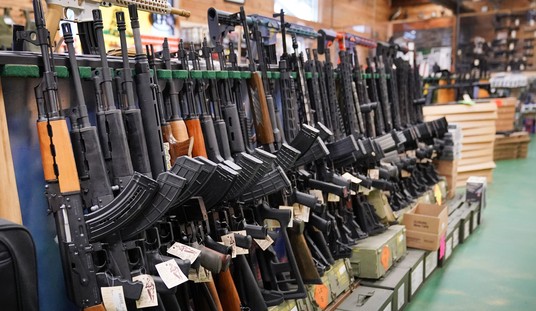We here at Bearing Arms are firm believers in securing unused firearms. What we’re not in favor of, however, are mandatory storage laws.
Often called “safe storage laws,” these are nothing of the sort. They simply mandate what people do with their property regardless of their individual needs. This sometimes creates a situation where what’s mandated isn’t the safest option for an individual.
But such laws also have enforcement problems.
After all, you can secure your gun all you want, but if your child figures out how to access it, what can you do? More importantly, it’s often difficult to tell after the fact if the gun was secured or not.
That’s a point we’re seeing in the Virginia case of the six-year-old who shot his teacher.
The documents shed light on how the boy likely obtained the weapon, a 9 mm semi-automatic handgun, used in the shooting. His mother, Deja Taylor, told Newport News police in an interview that she typically “stores her firearm in her purse with a trigger lock in place, or in a lock box,” according to the probable cause statement.
On Jan. 6, the morning of the shooting, Taylor believed the gun was in her purse with the trigger lock installed and left on top of her bedroom dresser, according to the statement. She added that the key for the lock is kept under her bedroom mattress.
Newport News police have previously said the gun was legally purchased, but were investigating whether it was properly secured as the child’s family has claimed.
James Ellenson, a lawyer for the family, has said Taylor believes the gun was placed on a high closet shelf with a trigger lock. But he acknowledged in May that questions still remain about how the child accessed the weapon.
“People have talked to him about that, but I don’t know that any adult knows exactly how he got the gun,” Ellenson told ABC News.
The mother claims the gun was secured.
Granted, putting the key under the mattress isn’t ideal by any stretch of the imagination, but many people will stash a key somewhere other than their keyring.
The trick here would be proving the gun wasn’t actually secured.
In this case, though, we should remember that Virginia doesn’t have a mandatory storage law, so even if she kept the gun laying on the bed without any kind of lock or anything, she might not face any kind of charges for doing so.
At least with regard to mandatory storage laws.
Yet the overall point is that the parent will claim the gun was secured, and so long as there is a method for securing the gun in the house, it’s going to be difficult to prove otherwise. Especially if the child refuses to tell on Mom or Dad, but even if they do, then you’re in a he said/she said kind of situation, which is hardly a slam dunk from a prosecution standpoint.
What mandatory storage laws really do is create legal problems for people who didn’t hurt a living soul, sometimes even those who actually did everything right. Kids find ways to get hold of things they’re not supposed to have. Many of us did in our youth, after all, and today’s kids are no different.
So what we see are parents can do everything right and get jammed up while those who don’t can claim otherwise and prosecutors would be hard-pressed to prove otherwise.
It just makes sense to try a different approach like tax credits for storage devices like trigger locks and safes than simply dictating what people should do.







Join the conversation as a VIP Member